The Great Recession: A Tale of Boom
Prologue: The Illusion of Prosperity
In the early 2000s, the United States and much of the Western world were riding high on a wave of economic prosperity. The stock market was booming, home prices were soaring, and credit was available to almost anyone who wanted it. The American Dream had never seemed more attainable. But beneath the surface, cracks were forming in the foundations of this seemingly unstoppable growth.
Act 1: The Bubble Inflates (2000-2006)
The origins of the Great Recession can be traced back to a combination of financial deregulation, a booming housing market, and risky lending practices.
- The Role of Subprime Mortgages:
- Banks and financial institutions, encouraged by deregulation, began issuing high-risk loans to borrowers with poor credit histories.
- The subprime mortgage market grew from 8% of total mortgage originations in 2001 to over 20% by 2006.
- Mortgage-backed securities (MBS) and collateralized debt obligations (CDOs) turned these risky loans into attractive investments.
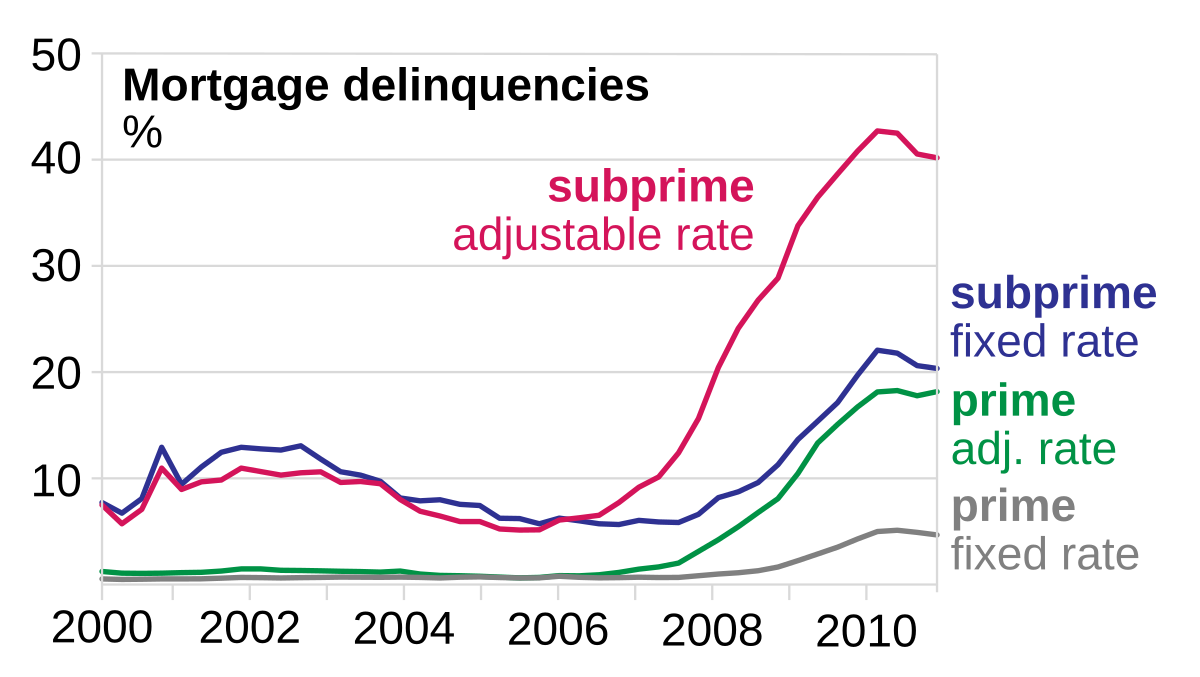
- The Role of the Federal Reserve:
- In response to the dot-com bubble burst in 2000, the Federal Reserve lowered interest rates from 6.5% in 2000 to 1% by 2003.
- Cheap credit fueled an artificial boom in housing, encouraging speculative investments.
- Wall Street’s Greed and Financial Engineering:
- Major banks and financial institutions, including Lehman Brothers, Bear Stearns, and AIG, aggressively pushed for the sale of MBS and CDOs.
- Credit rating agencies, such as Moody’s and Standard & Poor’s, assigned AAA ratings to these risky securities, falsely signaling their safety to investors.
By 2006, home prices had risen by 188% from 1997 levels, creating a housing bubble of epic proportions.
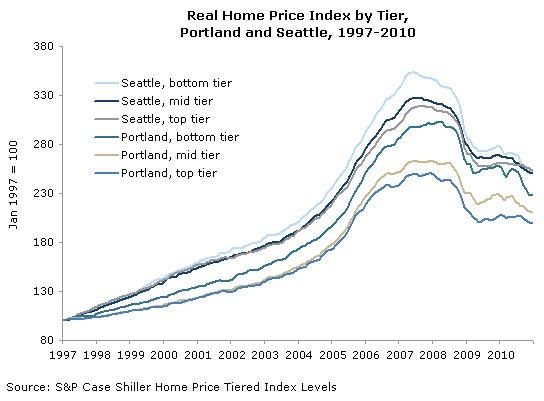
Act 2: The Collapse Begins (2007-2008)
The tipping point arrived in 2007 when homeowners began defaulting on their subprime mortgages. The housing market, once thought to be invincible, started crumbling.

- The First Domino Falls: Bear Stearns (March 2008)
- Bear Stearns, a major investment bank, faced liquidity problems as its subprime-heavy hedge funds collapsed.
- The Federal Reserve orchestrated its sale to JPMorgan Chase for just $2 per share (down from $172 a year earlier).
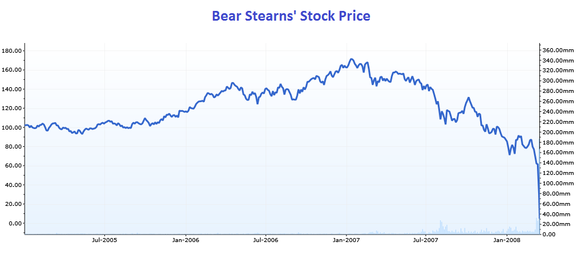
- Lehman Brothers: The Breaking Point (September 15, 2008)
- Lehman Brothers, a 158-year-old financial giant, declared bankruptcy, marking the largest collapse in U.S. history with $639 billion in assets.
- The Dow Jones Industrial Average plunged 504 points in a single day, triggering panic in global markets.
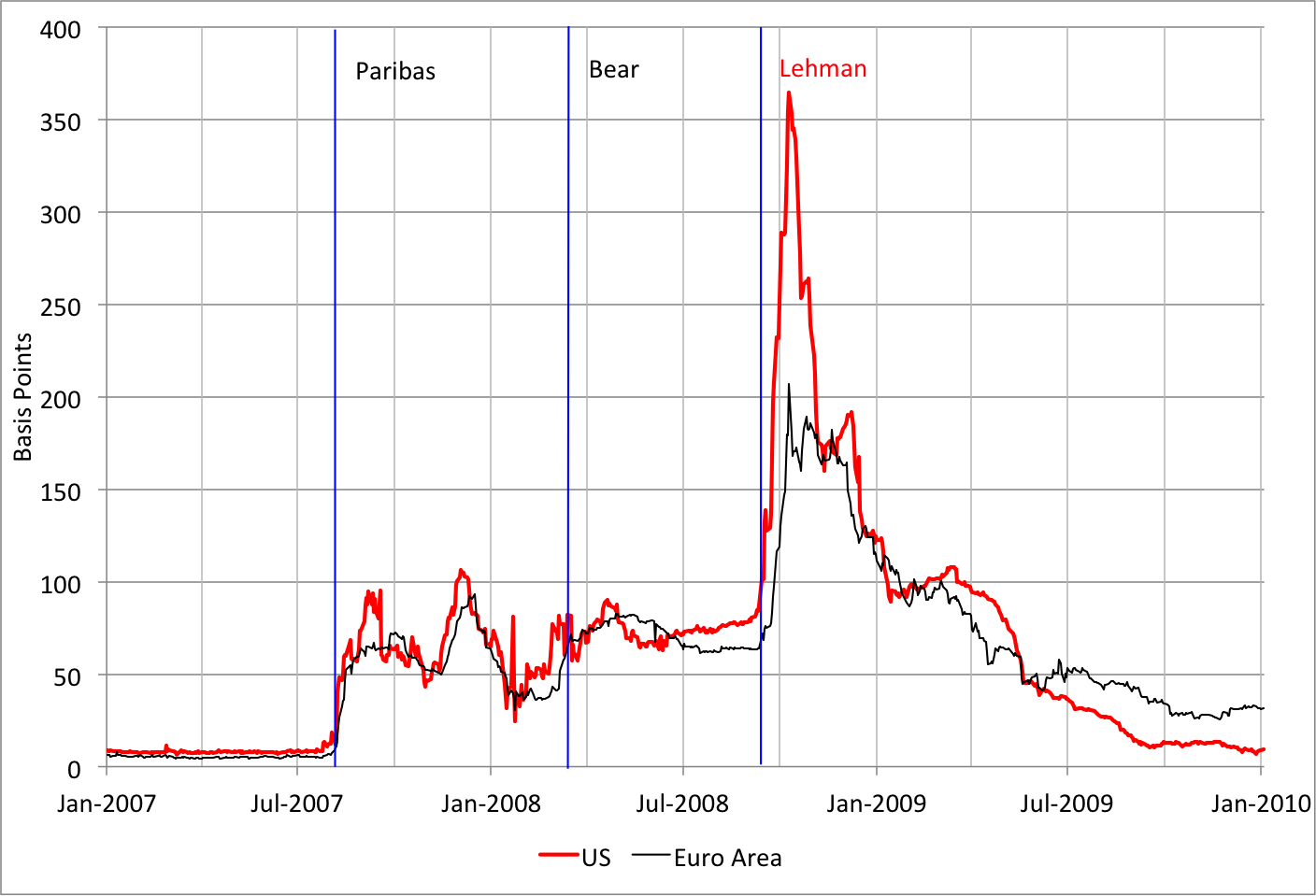
- AIG and the Federal Bailout (September 16, 2008)
- American International Group (AIG), which had insured trillions in MBS through credit default swaps, faced insolvency.
- The U.S. government stepped in with an $85 billion bailout, later expanding it to $182 billion.
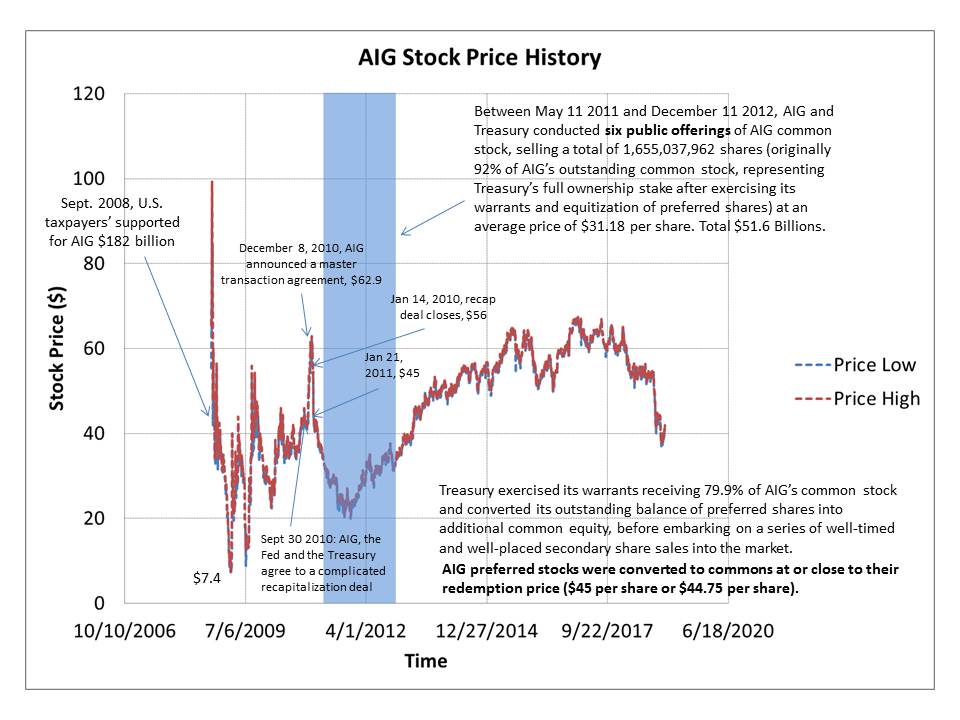
- Stock Market Collapse:
- The S&P 500 fell nearly 57% from its peak in 2007 to its bottom in March 2009.
- Unemployment soared from 4.6% in 2007 to 10% by October 2009, with over 8.7 million jobs lost.
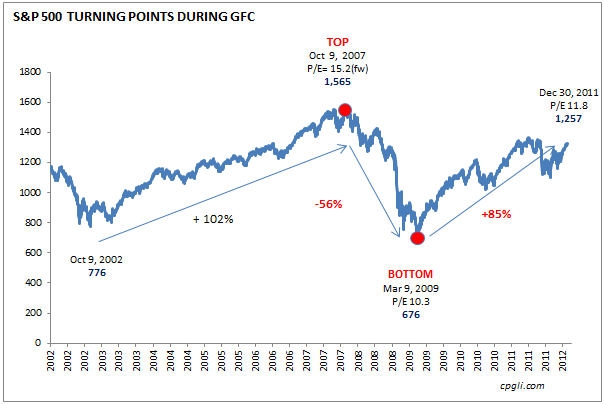
Act 3: Global Domino Effect (2008-2010)
The crisis spread beyond the United States, leading to a worldwide recession.
- Europe’s Banking Crisis:
- Banks in the UK, Germany, and France faced massive losses due to exposure to U.S. mortgage securities.
- Iceland’s banking system collapsed, forcing the government to seek a $4.6 billion bailout.
- China’s Response:
- China launched a $586 billion stimulus package, investing in infrastructure and state-owned enterprises to counter the slowdown.
- The Eurozone Debt Crisis:
- Greece, Ireland, and Spain faced severe financial crises, requiring bailouts from the European Union and the International Monetary Fund (IMF).
Act 4: Recovery and Reforms (2010-Present)
Governments around the world took aggressive steps to stabilize the economy.
- The TARP Bailout (2008-2009):
- The U.S. government introduced the $700 billion Troubled Asset Relief Program (TARP) to rescue failing banks.
- Banks like Citigroup and Bank of America received significant funds, which were eventually repaid.
- Dodd-Frank Act (2010):
- Introduced financial reforms, including the Volcker Rule, which restricted banks from engaging in risky investments.
- Established the Consumer Financial Protection Bureau (CFPB) to oversee lending practices.
- Slow but Steady Recovery:
- The U.S. GDP contracted by 4.3% during the recession, but recovered by 2013.
- By 2018, unemployment had fallen to 3.7%, and stock markets hit record highs.
Epilogue: Lessons Learned and the Road Ahead
The Great Recession reshaped the global financial landscape. It exposed the dangers of excessive risk-taking, inadequate regulation, and blind faith in financial engineering.
Lesser-known facts:
- Lehman Brothers’ failure was partially due to a refusal from Barclays and the UK government to intervene.
- At the height of the crisis, the U.S. Federal Reserve secretly loaned over $16 trillion to global banks to prevent a total collapse.
- Warren Buffett described the financial derivatives market as “financial weapons of mass destruction” years before the crisis hit.
While economies have largely recovered, new risks such as corporate debt bubbles and geopolitical tensions continue to pose challenges. The Great Recession serves as a stark reminder that financial stability is never guaranteed.